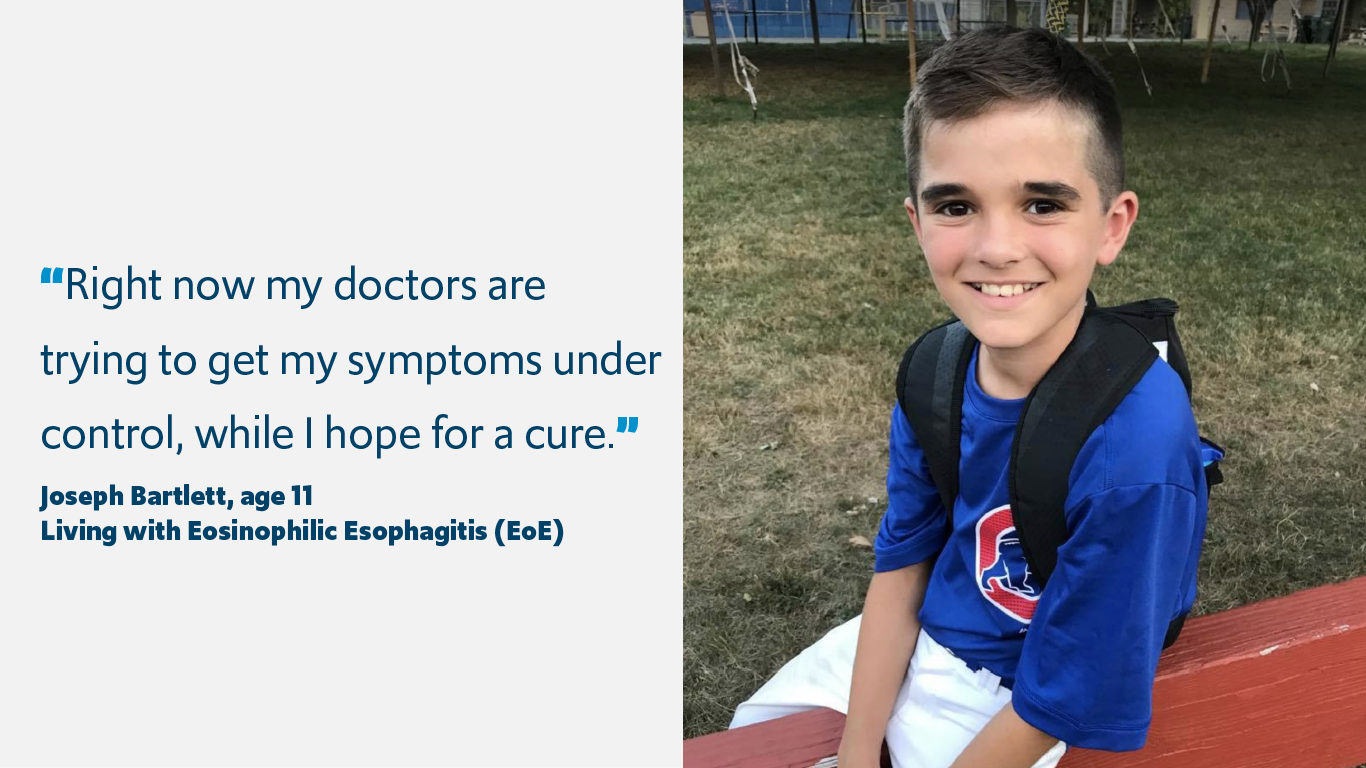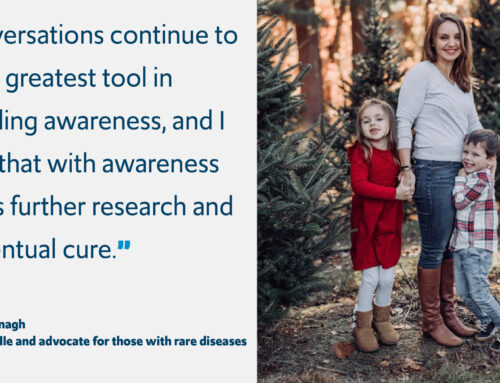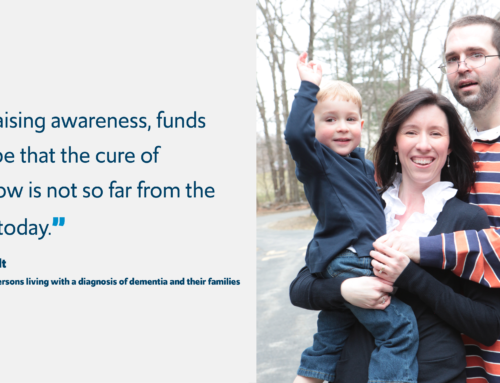When I was little, my parents told me I was always hungry, and I would choke and vomit when I ate. When my parents told my doctor, the doctor told them that I didn’t chew my food enough or I ate too fast.
After four and a half years of knowing something was wrong and getting no answers, my parents took me to a specialist who thought I had Eosinophilic Esophagitis.Eosinophilic Esophagitis (EoE) is a rare disease categorized by a buildup of white blood cells (eosinophils) in the esophagus. The most common reason is the body’s response to food. The eosinophils cause inflammation and create strictures, which narrow my esophagus. People with EoE experience food impaction, difficulty swallowing and chronic pain in the chest and stomach. Unfortunately, there is no easy way to diagnose EoE. It requires an endoscopy and biopsies to count the eosinophils.
I had my first endoscopy at four years old, where I was diagnosed with EoE. My esophagus was furrowed and covered in microabscesses and scar tissue.
There is no cure for EoE. There are no medicines approved by the FDA to treat EoE. At the moment, my options are to remove foods that trigger my immune response or try to control the damage with swallowed steroids. Food elimination is a guessing game, and the only way to know the results is repeat endoscopies and biopsies. I have lost count of how many I have had.
I went on an extremely restrictive diet at four years old and could not eat dairy, peanuts, tree nuts, coconut, turkey and green beans. My EoE was considered in remission with these restrictions, but after a few years, my symptoms started to come back. An endoscopy showed that I was no longer in remission. Because I was losing so much weight, I started taking swallowed steroids and was able to eat all food again. This worked for about a year, but then my symptoms returned. Right now, my doctors are trying to get my symptoms under control, while I hope for a cure.
Joseph Bartlett, age 11
Living with Eosinophilic Esophagitis (EoE)





